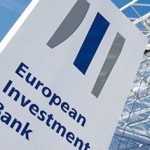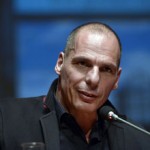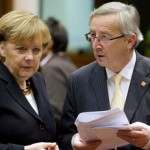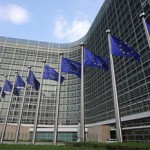EU’s Juncker Launches Infrastructure Investment Plan
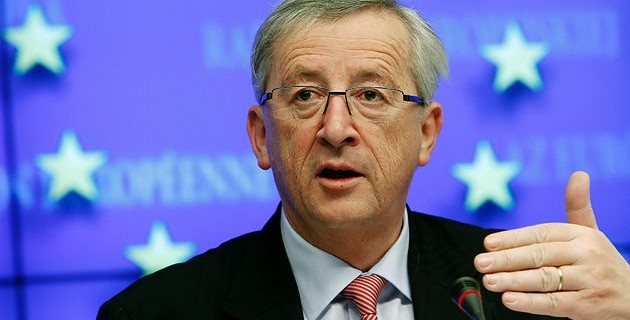
New European Commission President Jean-Claude Juncker launched a plan aimed at enticing pension funds, insurance companies and other major investors to finance cross-border European infrastructure projects.
The plan to boost lackluster investment in the bloc is one of the priorities of Mr. Juncker, who defended the idea before the European Parliament on Wednesday.
“This is the greatest effort in European history to mobilize the EU’s budget to trigger additional investment—and without changing the rules,” Mr. Juncker said.
The commission’s proposal is to create a new “European Fund for Strategic Investments.” The fund will be backed by €16 billion in guarantees from the EU budget and €5 billion from the European Investment Bank, the EU’s long-term lending agency. It will be housed at and managed by the EIB, but its operations won’t threaten the EIB’s Triple-A credit rating, officials said.
The EU is hoping to leverage that initial €21 billion 15 times over, with cash coming from large investors that have been investing in low-risk assets because of Europe’s gloomy growth outlook. Officials say the investments offered by the fund—long-lived infrastructure projects—are well-matched to the longer-term liabilities of pension funds and life-insurance companies, the kinds of investors that EU officials are hoping to woo.
Officials say the plan will create one to 1.3 million new jobs over the next three years and spark €307 billion ($382.8 billion) of additional investment. Subdued investment is a glaring weakness of the European economy, said Mr. Juncker, who took over as head of the European Union’s executive body on Nov. 1.
“While investment is taking off in the U.S., Europe is lagging behind. Why? Because investors lack confidence, credibility and trust,” Mr. Juncker said.
But by the commission’s own estimates, it won’t close the EU’s annual investment gap—the amount of investment that should be happening but isn’t because spending on factory equipment, roads, bridges and other infrastructure slumped since the economic crisis hit in 2008. The commission estimates that the annual gap in Europe stands between €230 billion and €370 billion, while the commission’s plan only offers €100 billion a year for three years.
EU officials said they would have difficulty finding enough appropriate projects for any additional money in the short term. “€315 billion is something that the European economy can realistically absorb over the next three years,” an EU official said.
Yet officials hope that national governments will contribute some of their own money to the fund, significantly increasing its lending capacity and allowing it to keep financing investment projects beyond 2017.
“The commission calls on member states and national [development] banks to join in to multiply the impact of the fund,” said Jyrki Katainen, vice president at the commission in charge of the investment plan.
Officials say they plan to hopscotch the globe looking for potential investors.
The EFSI will take on the riskier slice of these investments, including equity and subordinated debt, to comfort more staid investors that might not be at ease financing a large, complicated infrastructure project.
Officials from the EU and national governments have been working to assemble a list of projects that would be candidates for the fund. An EU official on Tuesday said they had already identified €300 billion worth of projects, but not all are “shovel-ready.”
The fund should be up and running in the middle of 2015, an EU official said. National governments and the European Parliament will need to approve changes to the EU budget to allow some of the new uses of the bloc’s money that are being proposed.
Source: wsj – EU’s Juncker Launches Infrastructure Investment Plan









